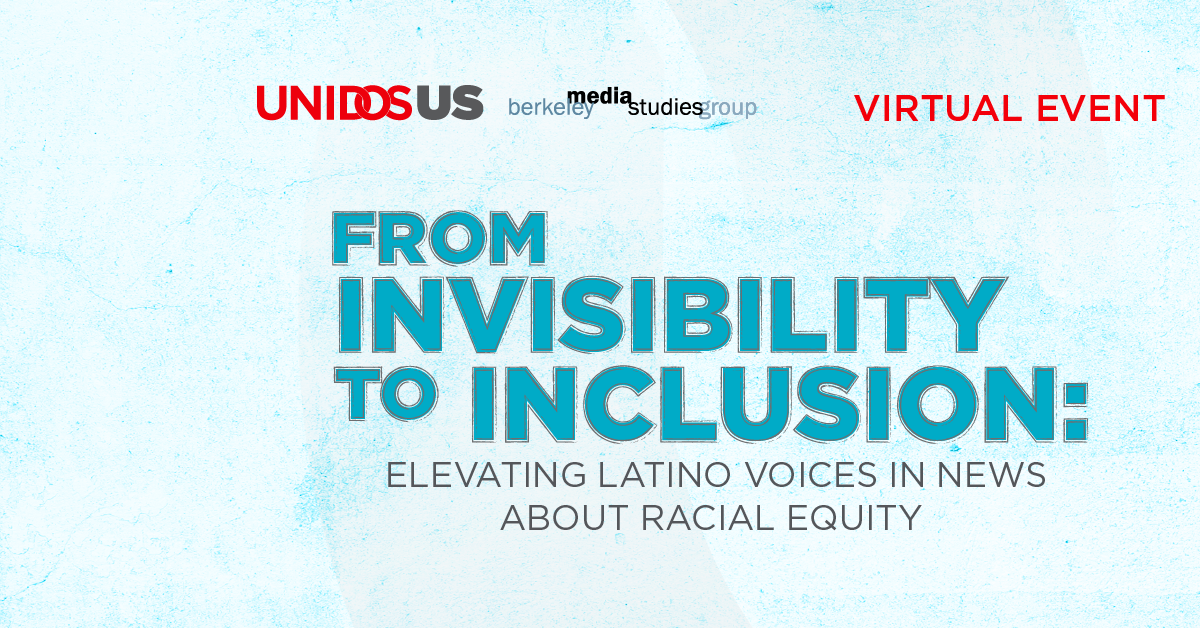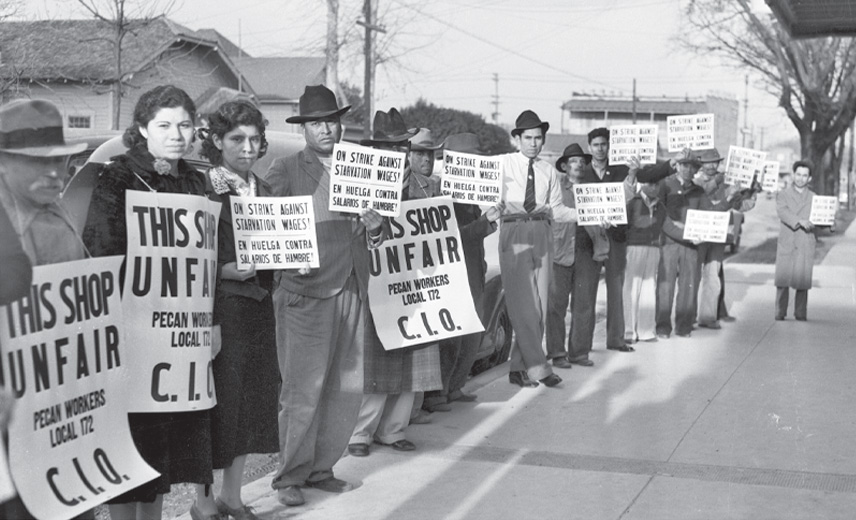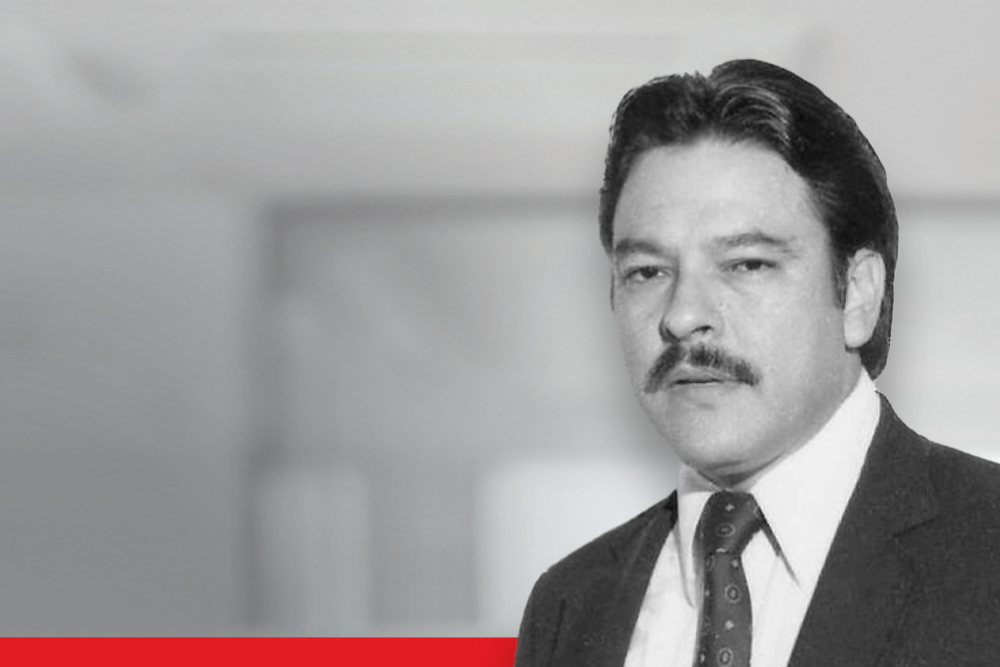Paving the way for equitable news coverage on Latinos and racial equity
This week UnidosUS hosted a virtual panel to discuss a new report documenting how Latinos are being left out when it comes to stories about racial equity.
By Daniel Alvarenga and Viviana López Green
On March 15, the webinar “From Invisibility to Inclusion: Elevating Latino Voices in News about Racial Equity” discussed a new report by UnidosUS and Berkeley Media Studies Group that shows Latino voices and experiences in news about racial equity have largely been left out of the news cycle.
The virtual event was moderated by Rafael Bernal, staff writer at The Hill and the panelists included: Viviana López Green, Senior Director of the Racial Equity Initiative at UnidosUS; Pamela Mejia, Head of Research and Principal Investigator at Berkeley Media Studies Group; and Lori Montenegro, Washington Bureau Chief at Telemundo Network.
This report is part UnidosUS’s narrative change work. As part these efforts, UnidosUS launched a Racial Equity Initiative in late 2020 with the goal of increasing the presence of Latino perspectives in the national discourse on racial justice. We aim to ensure the contributions of Latinos are present in media, in policy, and in public discourse as an essential element of a strategy to advance Latino equity in our multiracial society. Without visibility in news coverage, the contributions, challenges, and needs of Latino communities may be overlooked, or poorly understood, by policymakers, their allies in the fight for racial equity, and the public in general.
- This new report by the Berkeley Media Studies Group and UnidosUS titled “Elevating Latino experiences and voices in news about racial equity: Findings and recommendations for more complete coverage” provides important insights about the presence and absence of Hispanics in coverage of racial equity issues, both as sources in stories and as news creators and examined the steps advocates, journalists, and newsroom leadership can take to ensure more nuanced, inclusive, and accurate coverage of racial equity issues in our multiracial society. The online launched highlighted the following: Generally, news out of California has the highest volume of racial equity news that mentions Latinos. But nearly a quarter of the country’s Latinos live in California, so we still don’t have true representation there – less than 16% of news about racial equity in California included Latinos. So, we have a long way to go.
- Some states had so little coverage of Latinos that they barely registered in our study — that includes places like Wyoming, Montana, and Maine. However, those are also states with lower Latinos populations.
- Texas is especially notable because it has a high Latino population, but coverage is still severely lacking. Less than 5% of racial equity articles published by Texas outlets mentioned Latinos. That is abysmal, considering that 40% of the state’s residents identify as Latino or Hispanic.
- Additionally, a small number of journalists wrote the bulk of the articles that referenced Latinos, giving audiences an even more limited perspective on issues facing the country’s largest ethnic minority.
Moderator and Staff Writer for The Hill Rafael Bernal talked about why this new report matters:
UnidosUS Director of Racial Equity Initiative Viviana López Green talked about how news coverage shapes perceptions that affect equity for Latinos:
Washington Bureau Chief for Telemundo Networks Lori Montenegro addressed the report’s finding that news described problems facing Latinos but rarely shed light on solutions:
Pamela Mejia, Head of Research and Principal Investigator at Berkeley Media Studies Group, concluded with optimism about how reports and events like these are moving the needle toward more equitable coverage of Latinos:
You can watch the full discussion:
This discussion grows out of UnidosUS’s long-standing work on highlighting Latino underrepresentation in the media. Nearly 30 years ago, UnidosUS—then known as the National Council of La Raza—released two reports which documented the virtual invisibility of Latinos in the media. Back then we noted that “it was easier to see an alien from outer space than someone Hispanic onscreen.” Last year, UnidosUS hosted a webinar with Congressman Joaquin Castro (TX-20) discussing Government Accountability Office (GAO) reports that found that American media lagged behind other industries in recruitment and retention of Latino workers.




